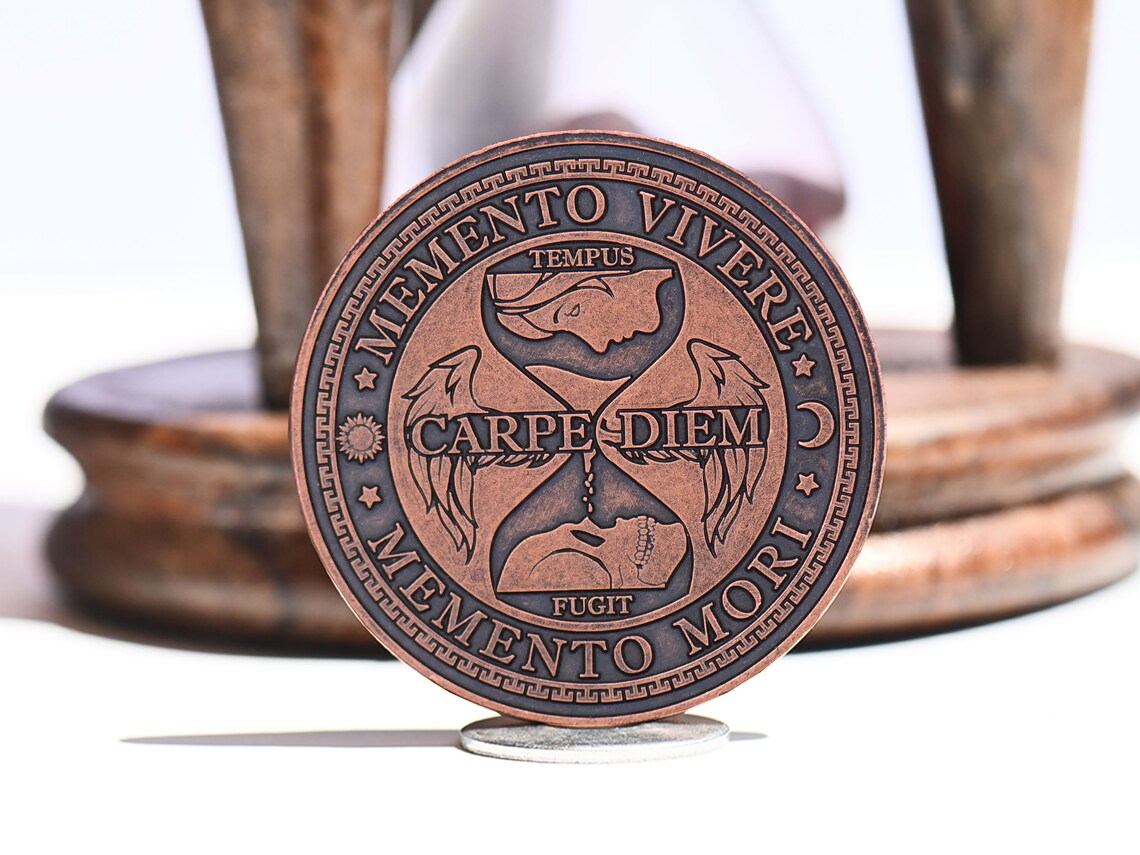Embracing the Present: Unraveling the Meaning and Power of ‘Memento Vivere’
Introduction: In the tapestry of life, where threads of time, mortality, and philosophy intertwine, the concept of ‘memento vivere’ emerges as a guiding principle. Rooted in Latin, this phrase serves as a powerful reminder to embrace the present, transcending the boundaries of mere existence. In this exploration, we delve into the depths of ‘memento vivere,’ unraveling its profound meaning, historical significance, and its transformative potential as a philosophy and art form.
Understanding ‘Memento Vivere’:
At its core, ‘memento vivere’ translates to “remember to live” or “remember that you must live.” It stands in stark contrast to its counterpart, ‘memento mori,’ which urges individuals to remember their mortality. While ‘memento mori’ serves as a reminder of the inevitability of death, ‘memento vivere’ shifts the focus to the importance of living fully in the present moment.
Historical Roots and Evolution:
The origins of ‘memento vivere’ can be traced back to ancient philosophical and artistic movements. In the rich tapestry of Roman and Stoic philosophy, the concept of living intentionally and appreciating the fleeting nature of life gained prominence. As Stoic thinkers like Seneca and Marcus Aurelius pondered the complexities of existence, the idea of ‘memento vivere’ emerged as a beacon of wisdom.
Over the centuries, the phrase found resonance in various art forms, literature, and religious teachings. The Renaissance period, in particular, saw a revival of interest in classical ideas, bringing ‘memento vivere’ to the forefront as a counterbalance to the prevailing thoughts on mortality.
Philosophical Significance:
‘Memento vivere’ encapsulates a profound philosophy that transcends cultural and temporal boundaries. It invites individuals to break free from the shackles of past regrets and future anxieties, urging them to immerse themselves in the richness of the present moment. This philosophy aligns with mindfulness practices that encourage living with awareness and intention.
In the realm of existentialism, ‘memento vivere’ finds resonance in the works of philosophers like Jean-Paul Sartre and Albert Camus. The emphasis on living authentically and taking responsibility for one’s choices echoes the essence of ‘memento vivere,’ guiding individuals towards a more meaningful existence.
Art as a Medium for ‘Memento Vivere’:
Beyond philosophy, ‘memento vivere’ has also woven itself into the fabric of artistic expression. From visual arts to literature, creators have embraced the concept as a muse for their work. Artists use their craft to capture the essence of fleeting moments, immortalizing them in paintings, sculptures, and written words.
Consider the famous Vanitas paintings of the 17th century, where symbols of mortality coexist with reminders of life’s beauty. These works serve as a visual manifestation of the delicate balance between life and death, echoing the sentiment of ‘memento vivere’ in a timeless artistic language.
Practical Applications in Modern Life:
In our fast-paced contemporary world, the relevance of ‘memento vivere’ becomes increasingly pronounced. The constant barrage of distractions, coupled with the pressures of modern living, often leads individuals to overlook the significance of the present moment. Incorporating the philosophy of ‘memento vivere’ into daily life can serve as a powerful antidote.
Practical applications include mindfulness meditation, where individuals learn to anchor themselves in the present through focused awareness. By cultivating an attitude of gratitude and embracing life’s simple pleasures, one can foster a deeper connection with the essence of ‘memento vivere.’
Example Posts and Contemporary Usage:
Social media platforms have become conduits for sharing philosophical insights and life lessons. Numerous posts and hashtags centered around ‘memento vivere’ populate these digital spaces, offering bite-sized reminders to users scrolling through their feeds. Examples include motivational quotes, reflective prompts, and personal anecdotes that underscore the importance of living consciously.
Consider a post that features a serene sunset accompanied by the caption: “In the beauty of this moment, don’t forget to live fully. #MementoVivere #SunsetReflections.” Such posts serve as digital affirmations, leveraging the power of social connectivity to spread the philosophy of ‘memento vivere.’
Conclusion:
In the symphony of life, where the chords of time, mortality, and philosophy harmonize, ‘memento vivere’ emerges as a timeless melody. From its ancient roots in Latin philosophy to its contemporary applications in mindfulness and art, this phrase beckons individuals to cherish the present moment. As we navigate the complexities of existence, let ‘memento vivere’ be our guiding light, reminding us to savor the beauty of life amid the ebb and flow of time.

